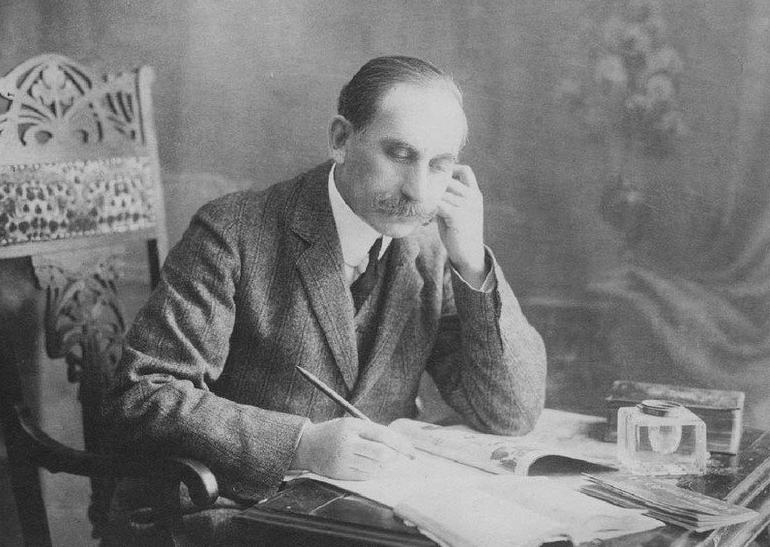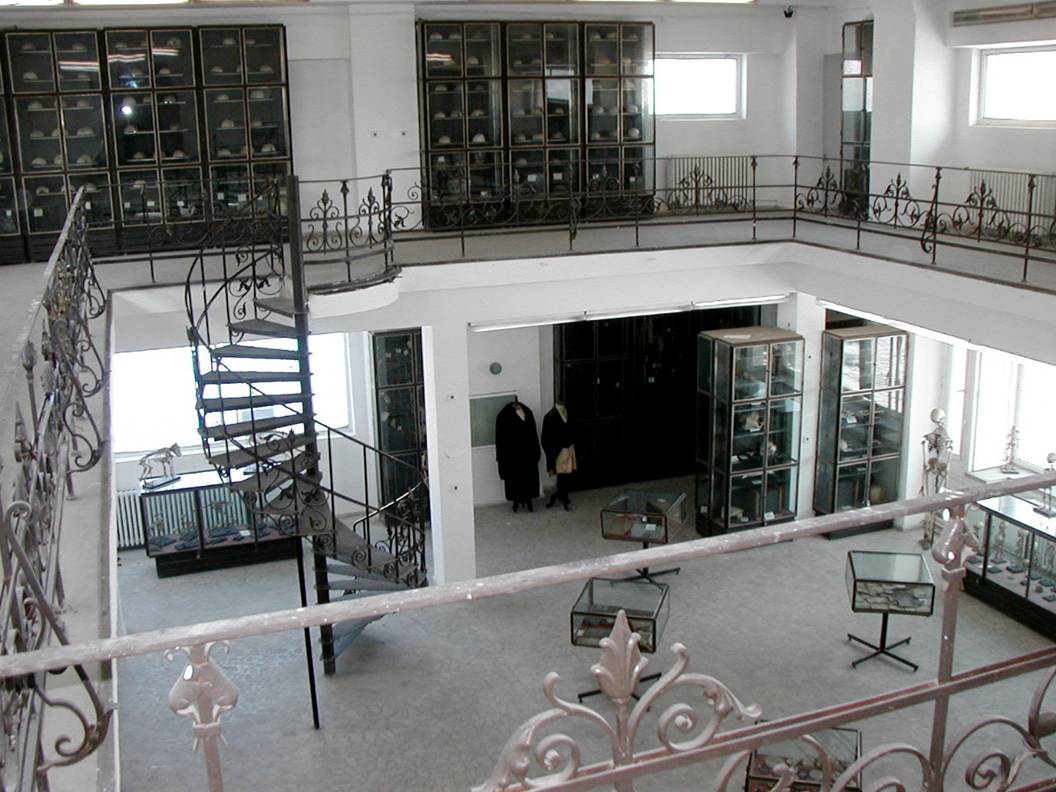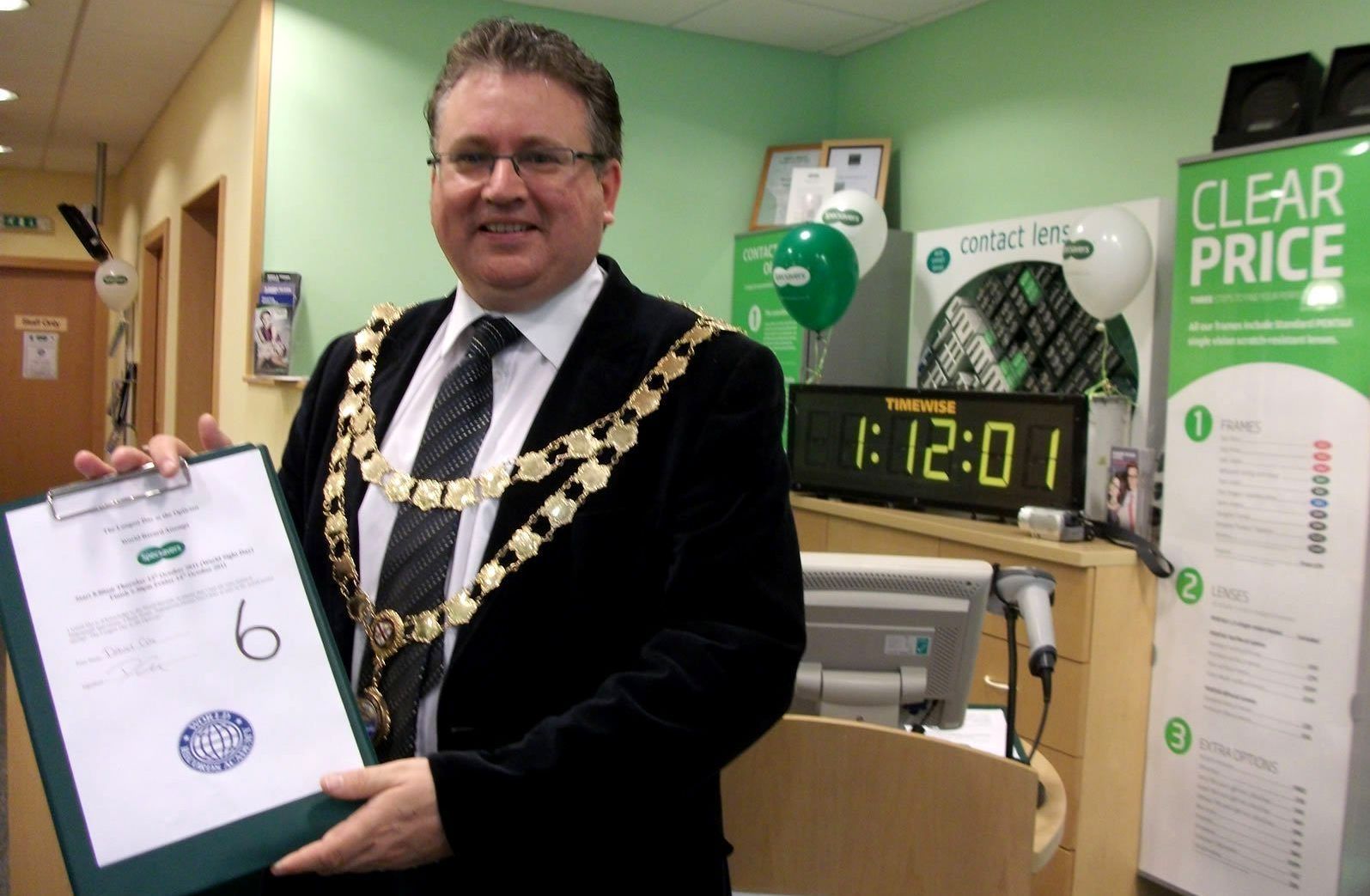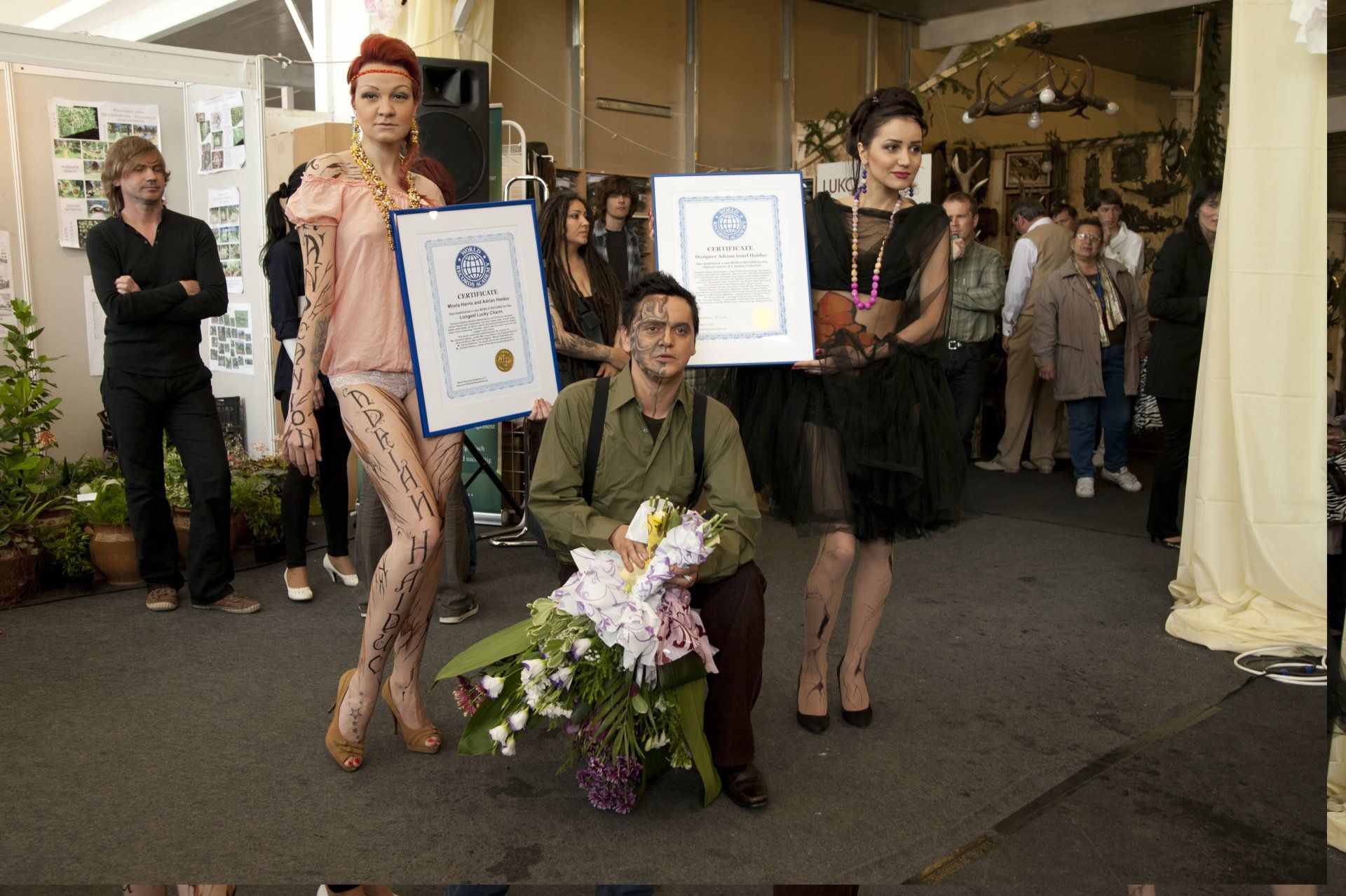World's First Institute of Legal Medicine: The National Institute of Forensic Medicine "Mina Minovici"
December 5, 2019
Dr. Mina Minovici (1857 – April 25, 1933) was a Romanian forensic scientist, famous for his extensive research regarding cadaverous alkaloids, putrefaction, simulated mind diseases, and criminal anthropology.
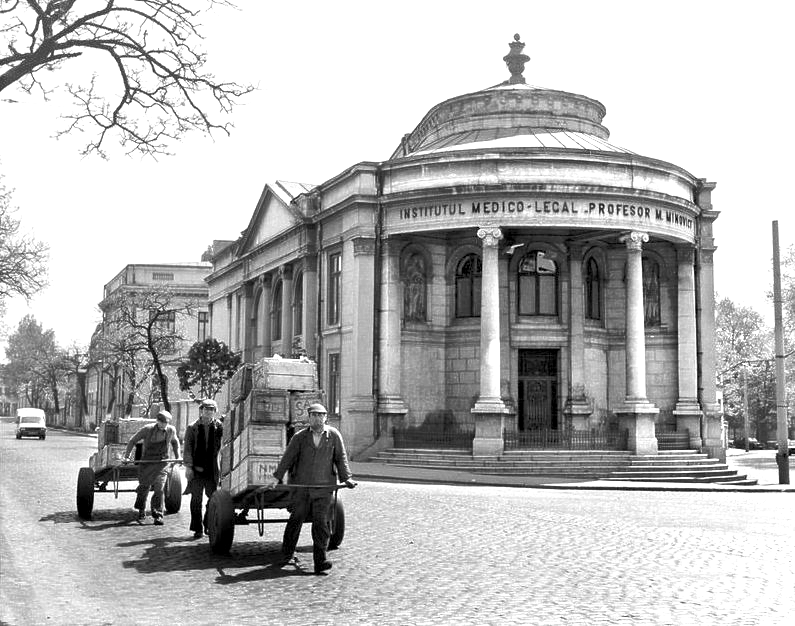
BUCHAREST, Romania--The National Institute of Forensic Medicine "Mina Minovici", also known as "I.M.L."or "I.N.M.L.", is an establishment dedicated to forensic medicine in Bucharest, inaugurated in 1892 by the doctor whose name is now bearing it as a tribute; It is the first such institution in Romania and the World's First Institute Of Legal Medicine, according to the WORLD RECORD ACADEMY.
Dr. Mina Minovici (1857 – April 25, 1933) was a Romanian forensic scientist, famous for his extensive research regarding cadaverous alkaloids, putrefaction, simulated mind diseases, and criminal anthropology.
Professor Dr. Mina Minovici, Director of the first Institute of Legal Medicine built in Bucharest, Romania in 1892, and the founder of the modern medico-legal system, was one of the most prominent personalities in this field of activity in Europe at that time. He was the first to expand the concept of the morgue and created the term "legal medicine" as a way of organizing research, teaching and forensic activity.
Being himself a poor former student, Dr. Mina Minovici also used to give money to those living in poverty and donate to orphanages.
At the inauguration of of December 20, 1892 the National Institute Of Forensic Medicine included an autopsy room with 8 tables, a library, an amphitheater, practical work rooms, laboratories of pathological anatomy, forensics, judicial photography and a museum made up of Professor Minovici.
“The chief role of forensic medicine is to execute the law; the forensic assistant is the daily assistant of the magistrate; he is called to ascertain the material facts, to intervene daily in the investigations of justice, and without him a lot of attacks would remain unpunished," said Dr. Mina Minovici, as reported by historian Adrian Majuru, in the volume "The Minovici Family. Spiritual universe ".
Prior to the establishment of this institute, forensic doctors had no laboratory for necropsies, the bodies were placed in the mortuary rooms of the hospitals, and the specialists were required to move from one hospital to another. At that time, the Institute of Forensic Medicine was one of the most profitable organizations in Europe in terms of technology. Especially the room used for toxicology, where the impact of some chemicals on the body was performed. In addition to this and the autopsy room, the institute also had an amphitheater with 150 places, a library, pathological anatomy laboratories and a museum room. For many years, the institute remained a model even for specialists in Western Europe.
Law no. 149/1930, provided for the maintenance of the life of Professor Mina Minovici as director of the Medical-Legal Institute Professor Mina Minovici of Bucharest "as a consecration of his exceptional merits, as director of this Institute"
Until 1932, at the age of 75, Dr. Mina Minovici even headed the Institute of Legal Medicine, after which one of his brothers, Nicolae, also a doctor, took over the responsibility, until 1938. Mina Minovici ended his activity one year before she died, on April 25, 1933.
On the Net: The National Institute Of Forensic Medicine 'Mina Minovici' website
Law no. 149/1930, provided for the maintenance of the life of Professor Mina Minovici as director of the Medical-Legal Institute Professor Mina Minovici of Bucharest "as a consecration of his exceptional merits, as director of this Institute"
Until 1932, at the age of 75, Dr. Mina Minovici even headed the Institute of Legal Medicine, after which one of his brothers, Nicolae, also a doctor, took over the responsibility, until 1938. Mina Minovici ended his activity one year before she died, on April 25, 1933.
On the Net: The National Institute Of Forensic Medicine 'Mina Minovici' website
The new headquarters of the institute was completed in 1989. The current headquarters has four levels and houses several departments and laboratories: clinical forensic medicine (with electrophysiological and radiology research laboratories), forensic investigation, psychiatry, forensic psychology and criminology, forensic identification and serology, forensic toxicology- forensic, thalatology (histopathology, tachytochemistry, histochemistry, microbiology) and forensic genetics. The institute also has a library, a chapel and a museum.
The famous museum that is inside the Medical-Legal Institute is dedicated entirely to forensic doctors and to the students of Medicine and Law (who study forensics). Most of the exhibits date back to the establishment of the morgue and were collected by Professor Mina Minovici. A large number of exhibits are located here, representing different organs, medical anomalies and weapons of crime.
Since 2007, the institute has initiated an ambitious project to recondition the most famous exhibit in the museum of the Institute, the penis of the Romanian bandit Terente. The exhibit entered the Institute's collection in 1927, the year of the bandit's death.
The famous museum that is inside the Medical-Legal Institute is dedicated entirely to forensic doctors and to the students of Medicine and Law (who study forensics). Most of the exhibits date back to the establishment of the morgue and were collected by Professor Mina Minovici. A large number of exhibits are located here, representing different organs, medical anomalies and weapons of crime.
Since 2007, the institute has initiated an ambitious project to recondition the most famous exhibit in the museum of the Institute, the penis of the Romanian bandit Terente. The exhibit entered the Institute's collection in 1927, the year of the bandit's death.
The GUINNESS WORLD RECORD for the First documented herbal / medicinal book was set by the De Materia Medica, compiled by the Greek surgeon, Pedanios Dioscorides, in approximately 77 AD.
GUINNESS WORLD RECORDS also recognized the world record for the Oldest practicing doctor ever was set by Dr. Leila Denmark (b. 1 February 1898, Portal, Georgia, USA), who retired in May 2001, aged 103, was the oldest practicing physician ever.
Related world records:
Romania's 100 years in 100 iconic world records
World's first biologist to study the arctic life: Emil Racovita
World's first female chemical engineer: Elisa Leonida Zamfirescu
World's first endocrinology institute: National Institute of Endocrinology C. I. Parhon
World's First Geriatrics Institute: Ana Aslan Institute of Gerontology and Geriatrics
World's first biologist to study the arctic life: Emil Racovita
World's first female chemical engineer: Elisa Leonida Zamfirescu
World's first endocrinology institute: National Institute of Endocrinology C. I. Parhon
World's First Geriatrics Institute: Ana Aslan Institute of Gerontology and Geriatrics
